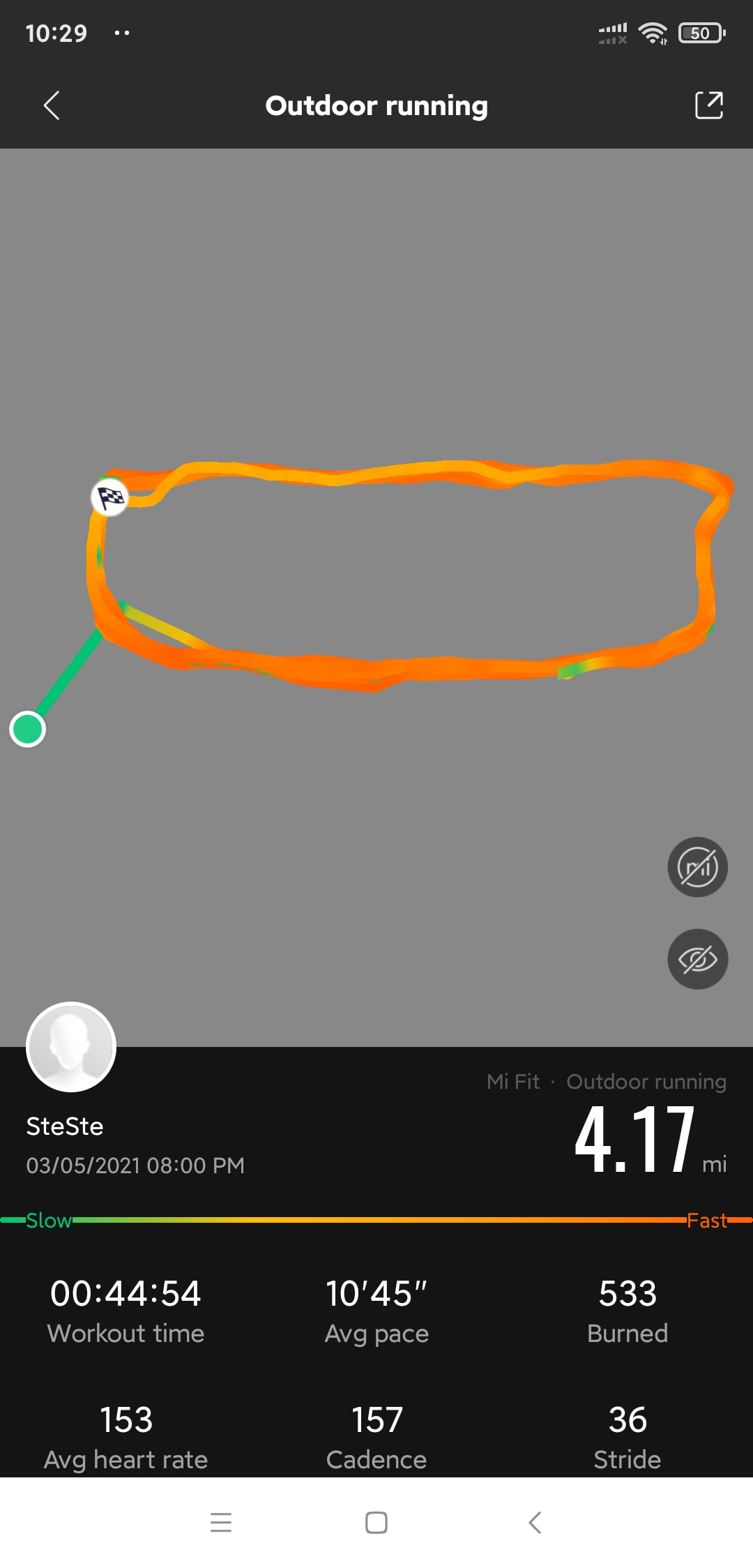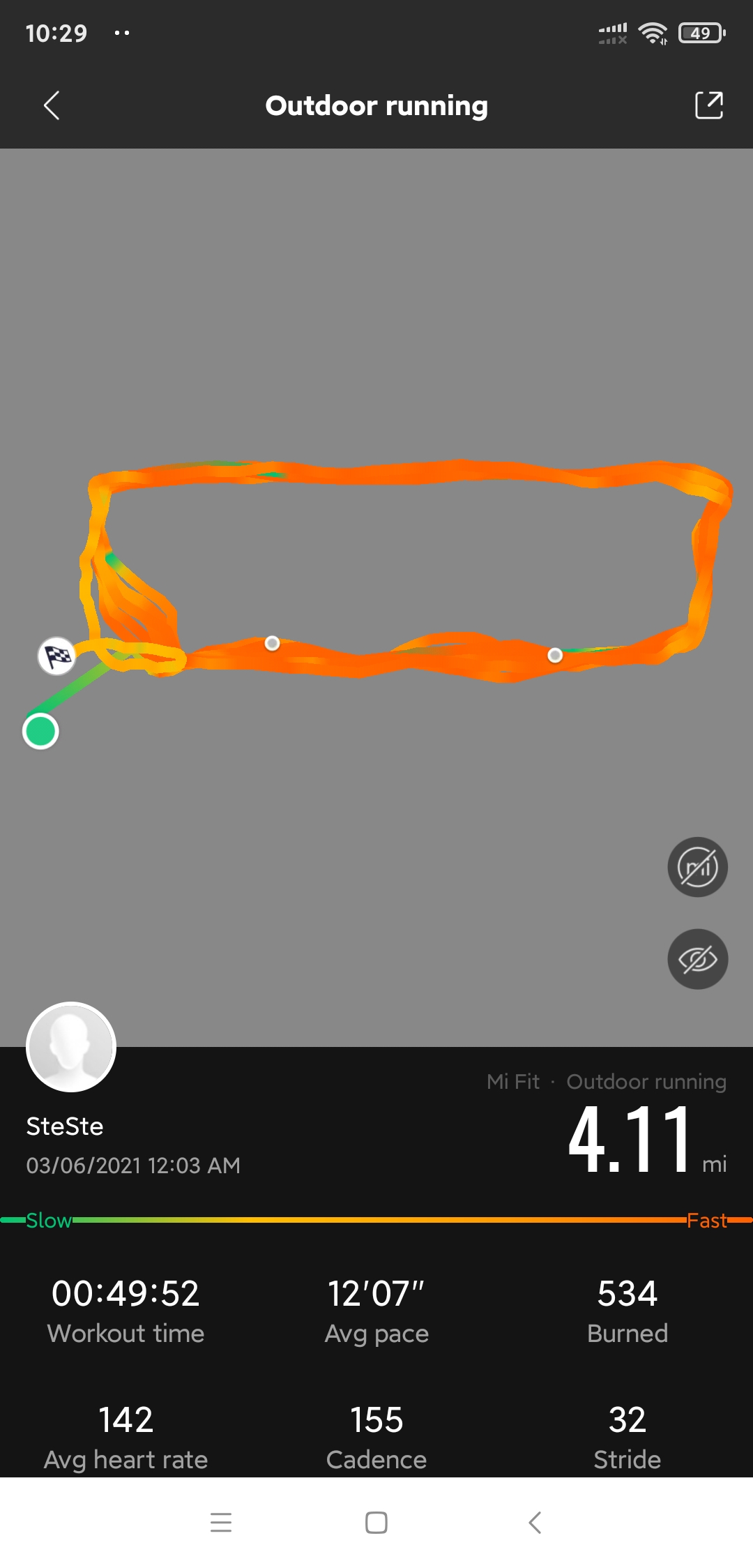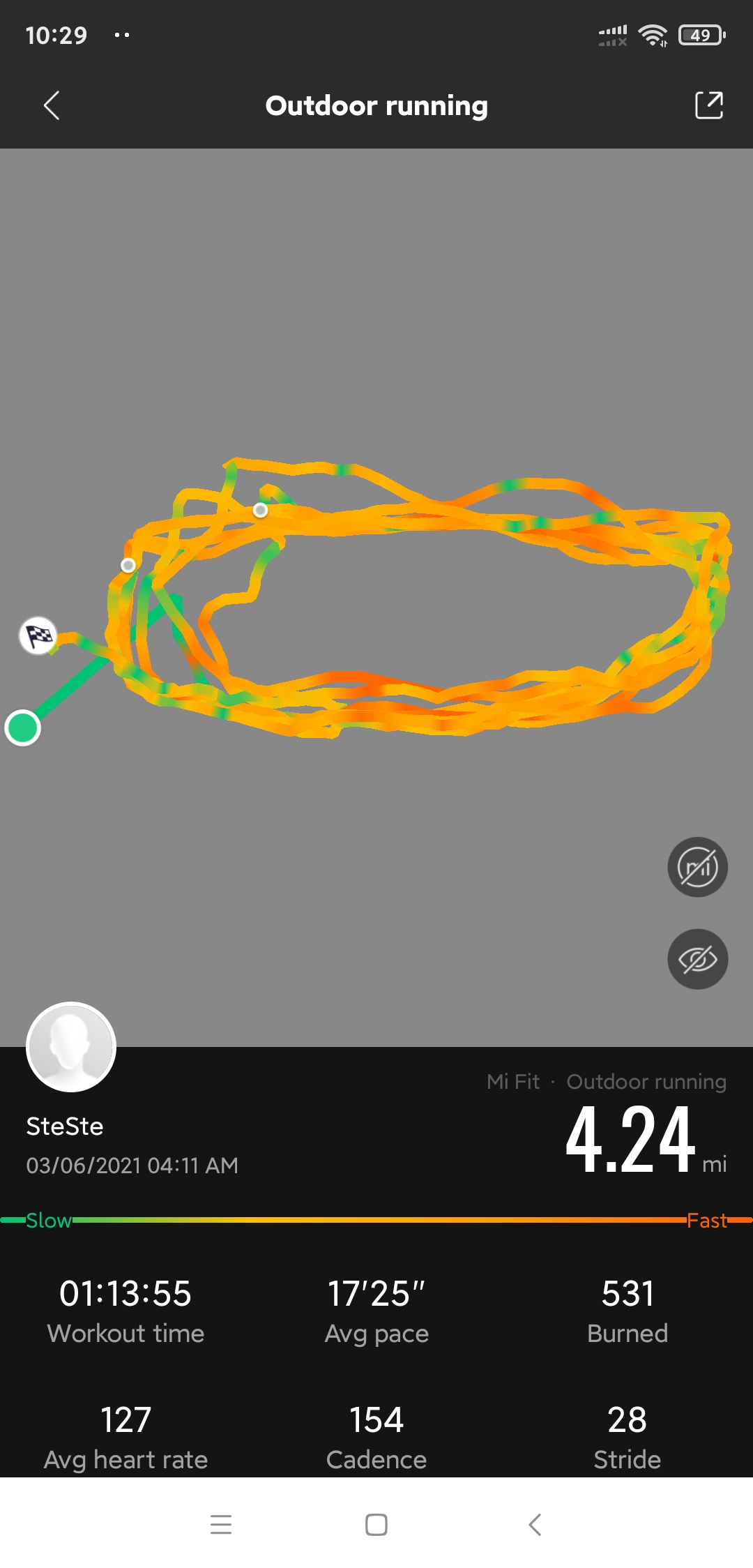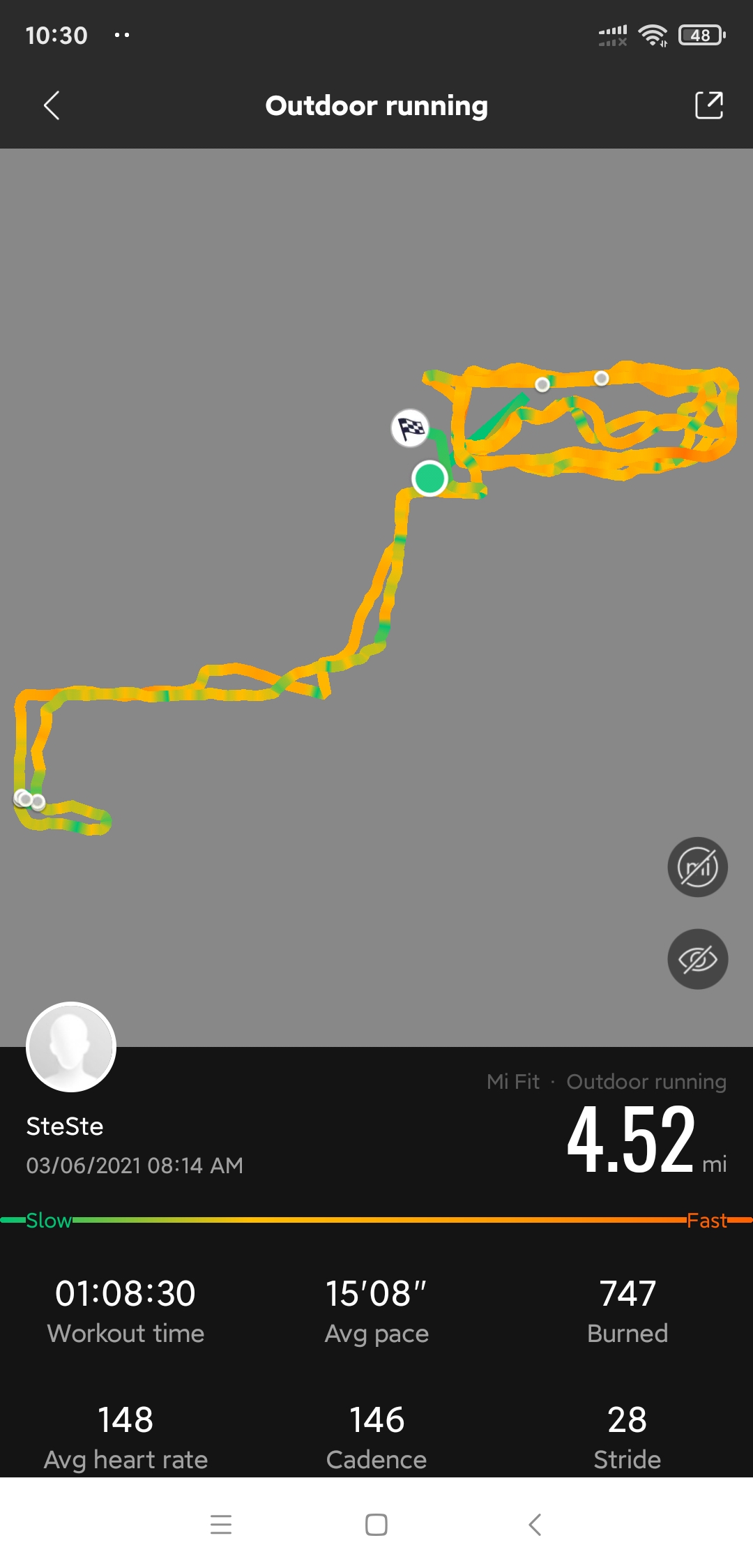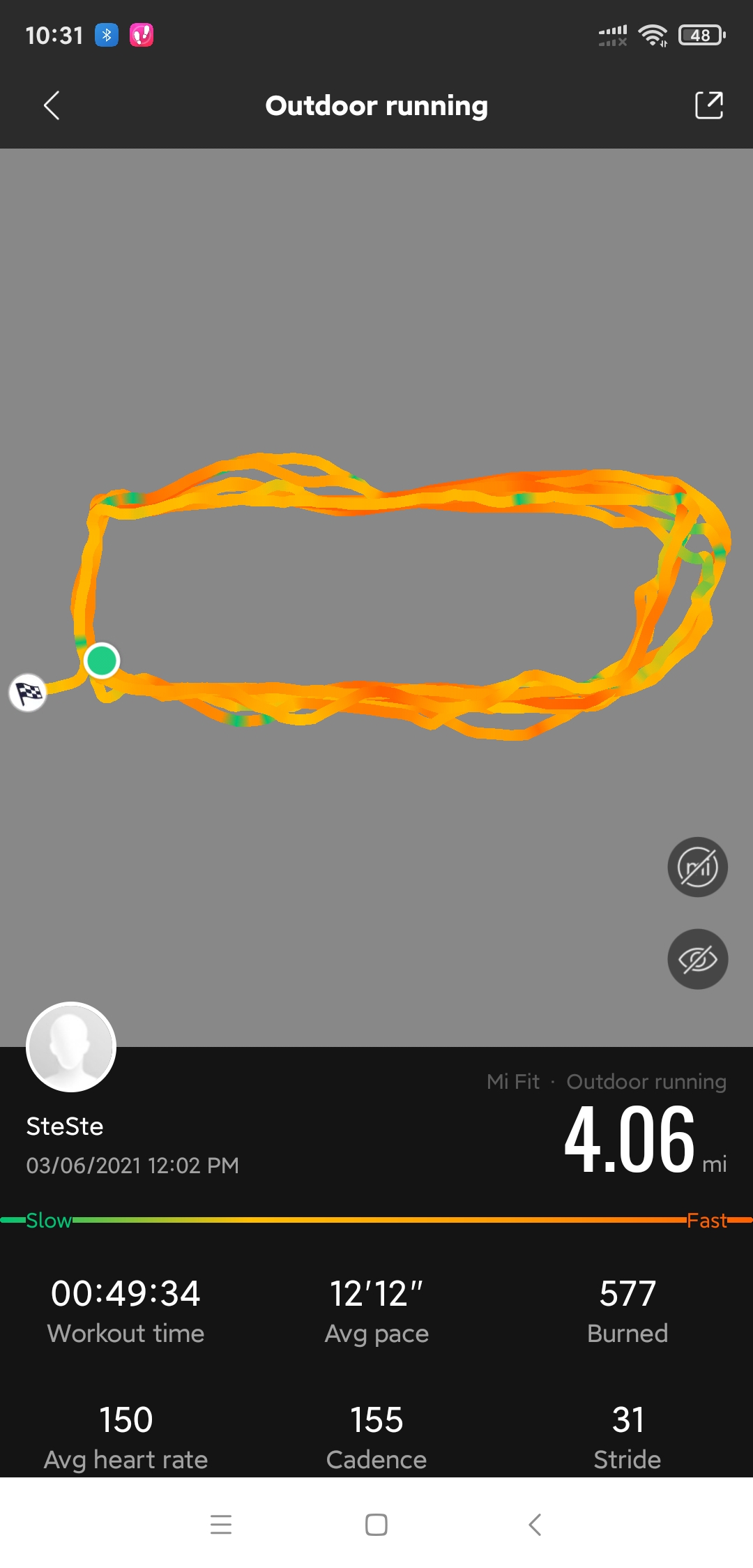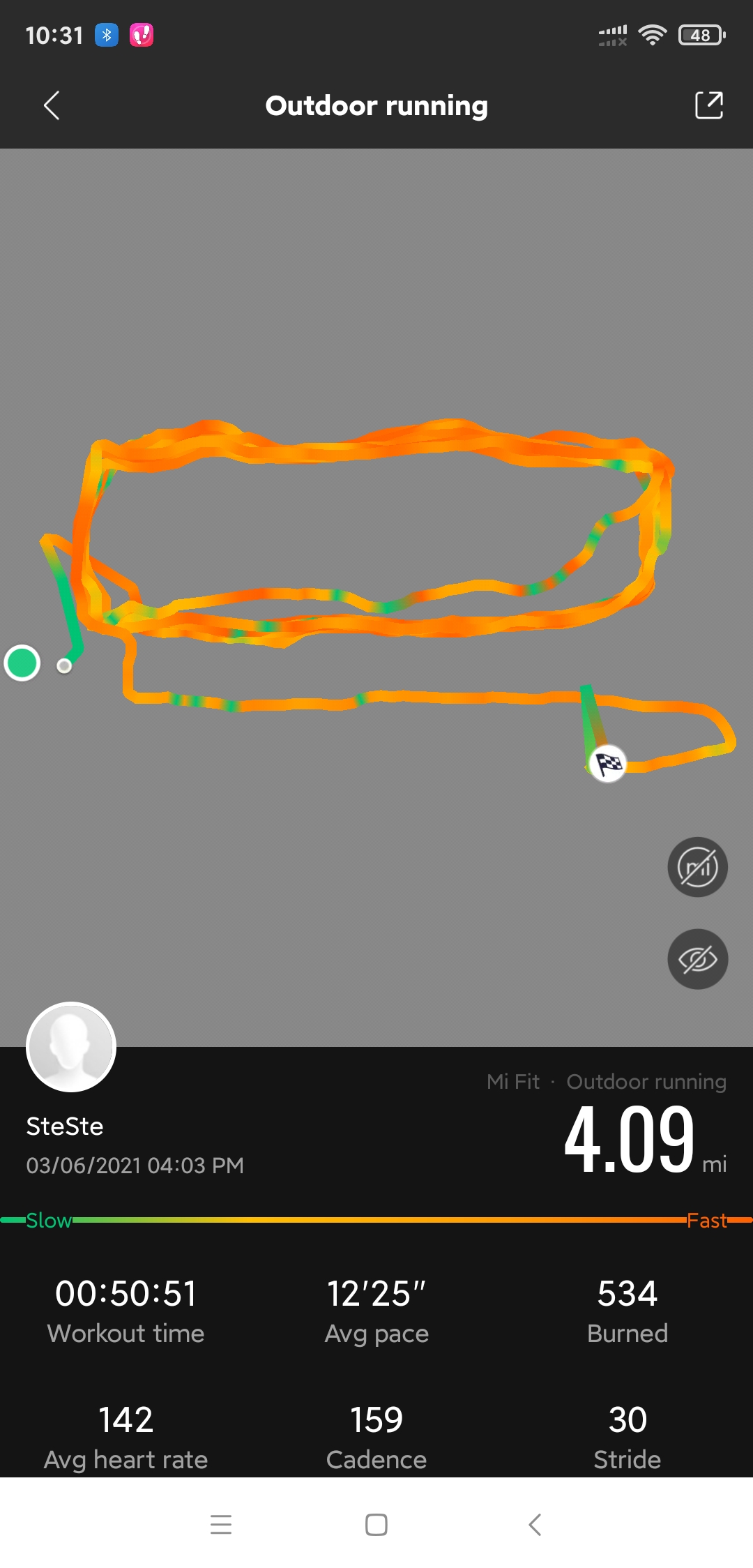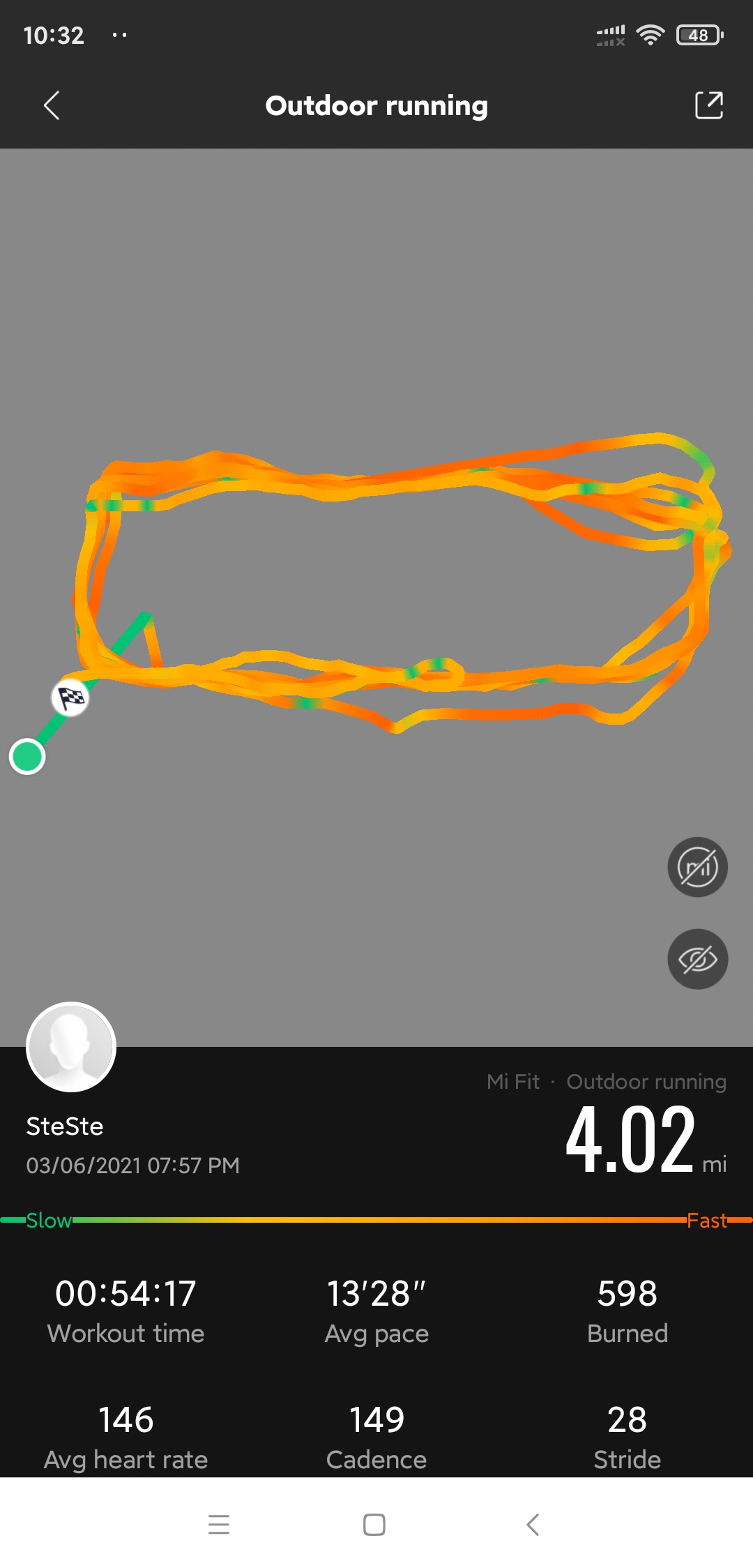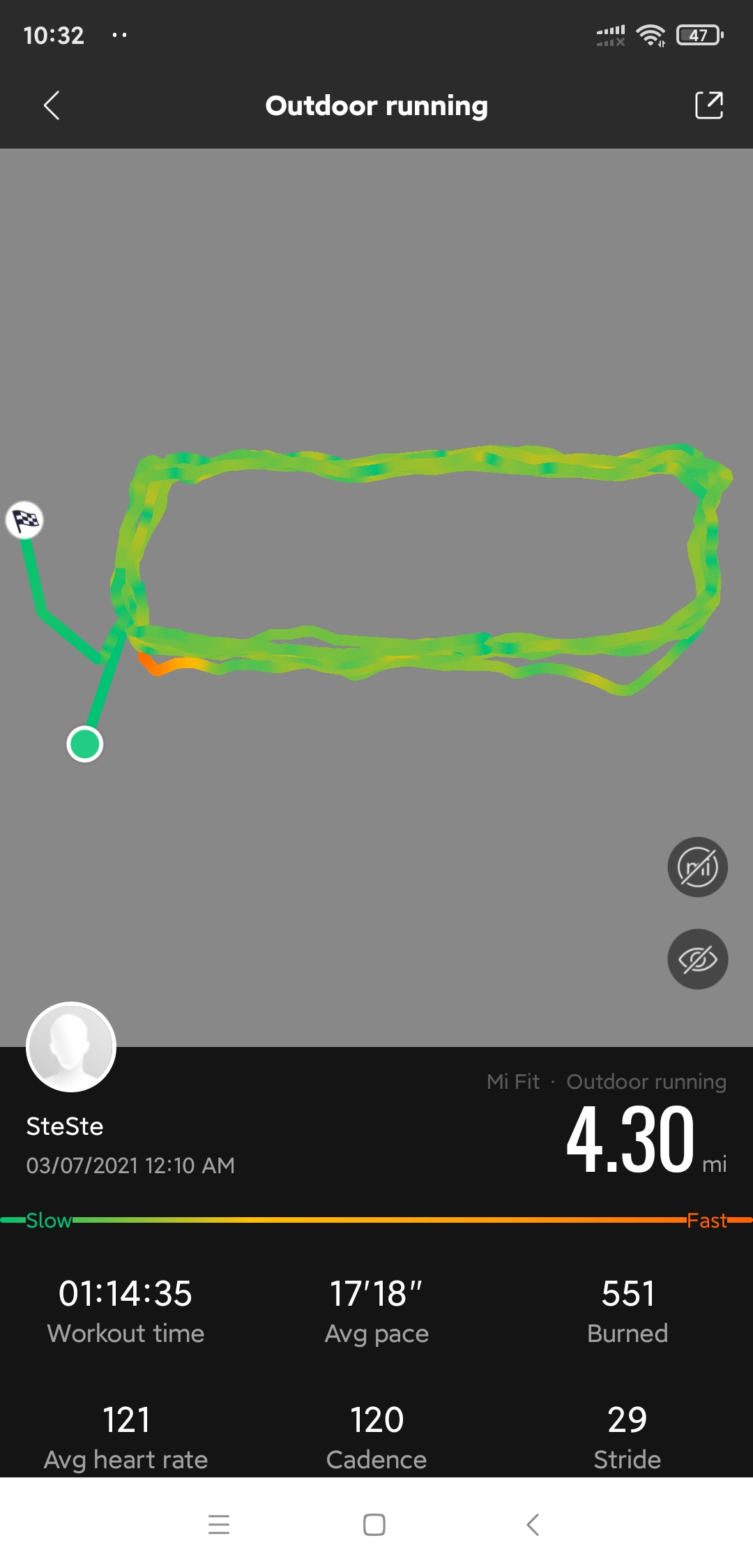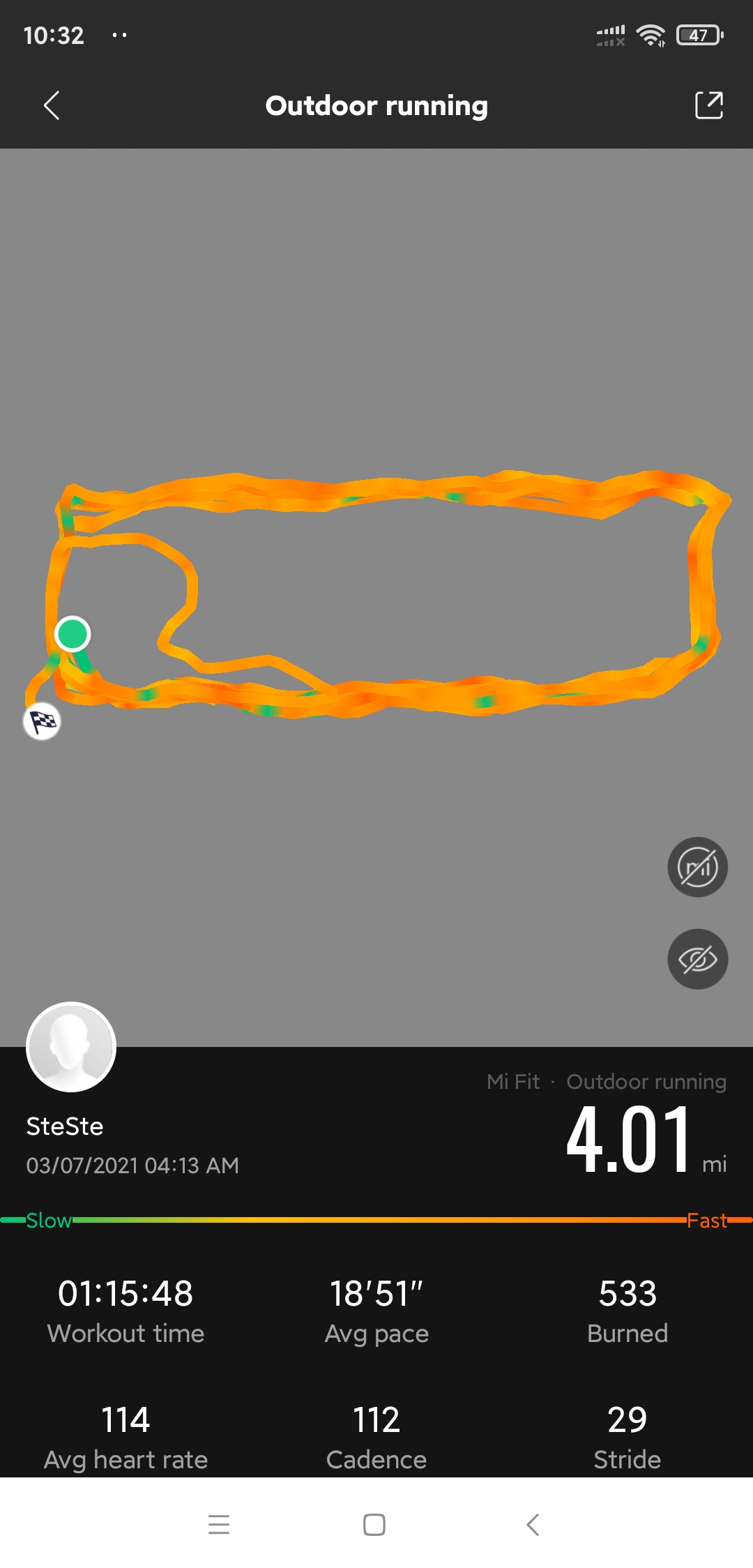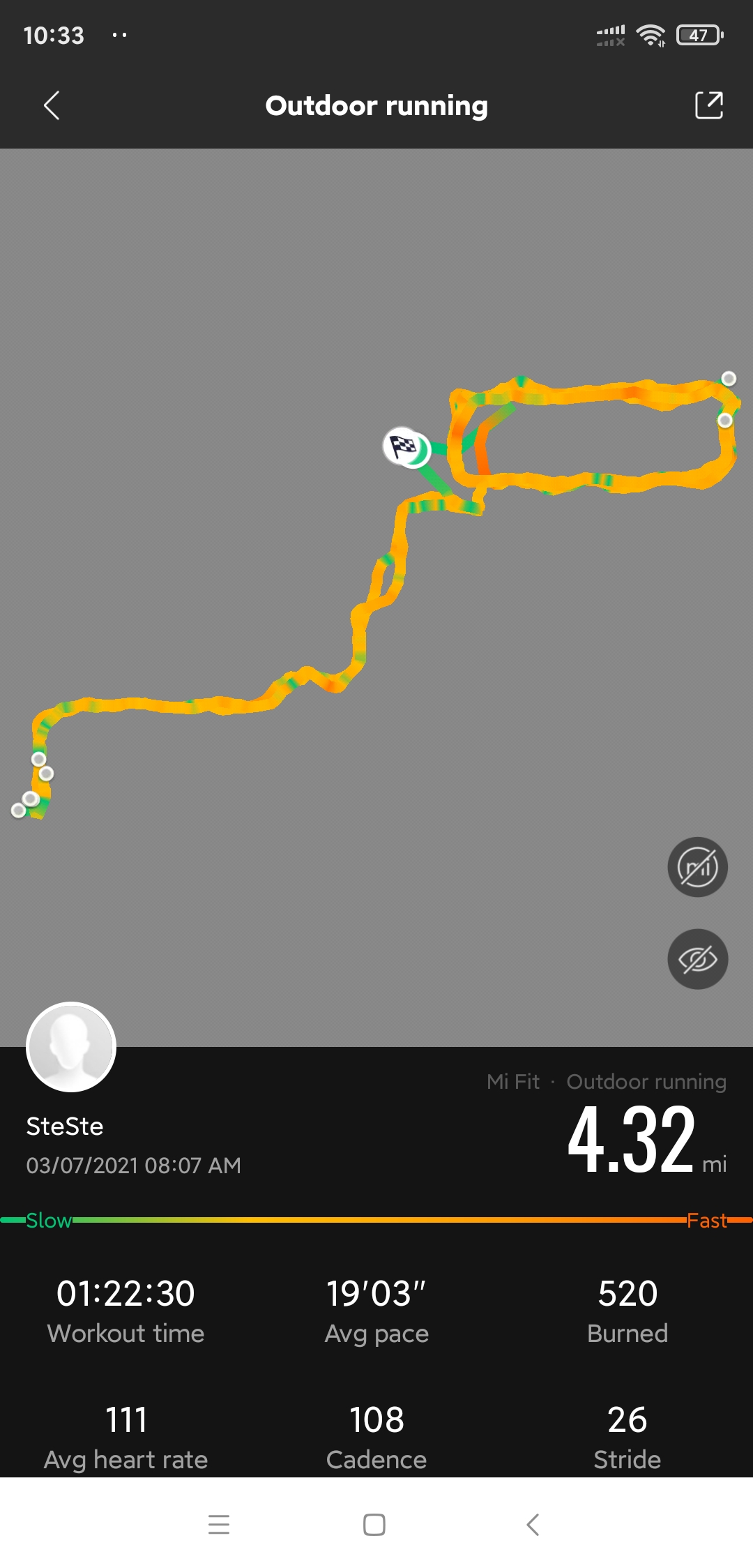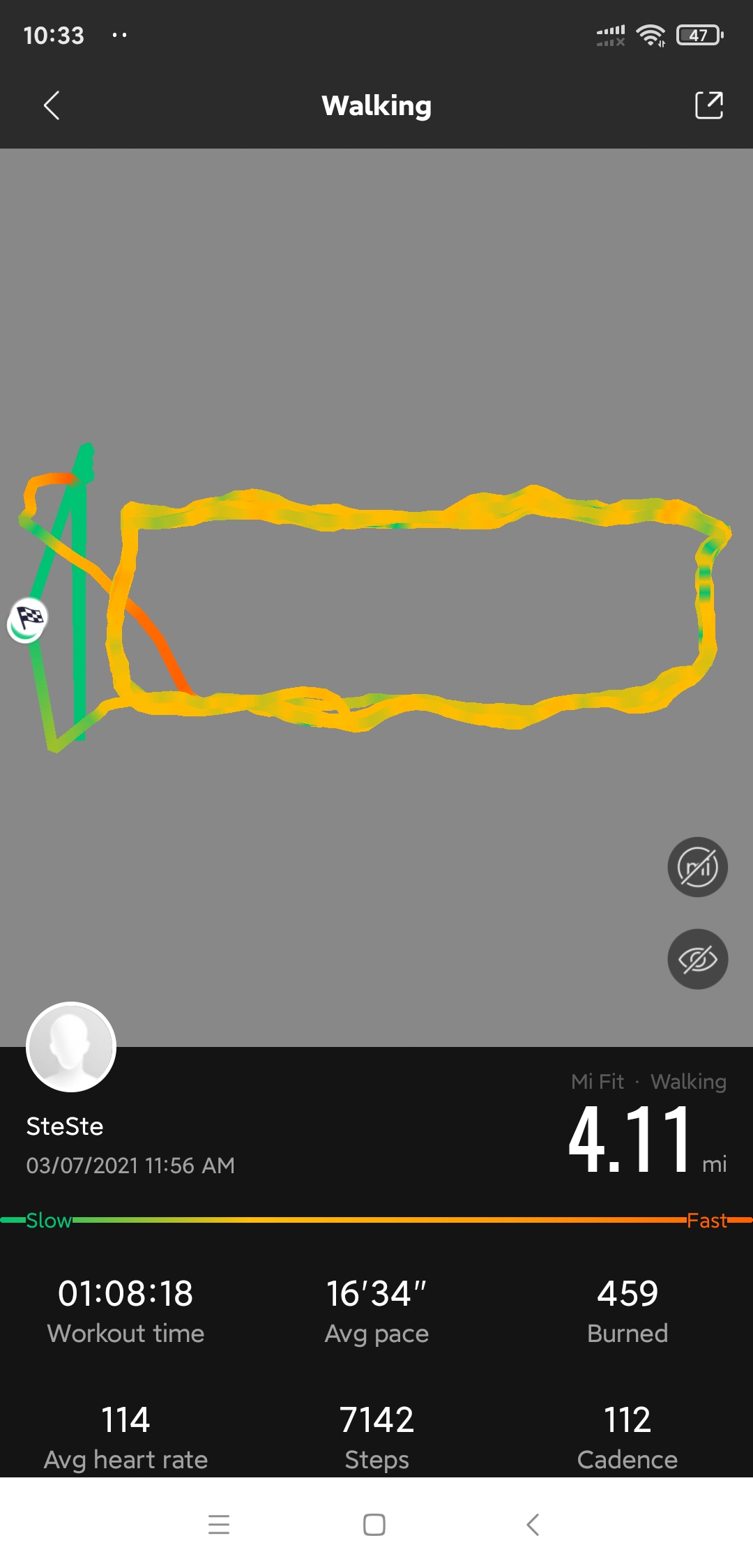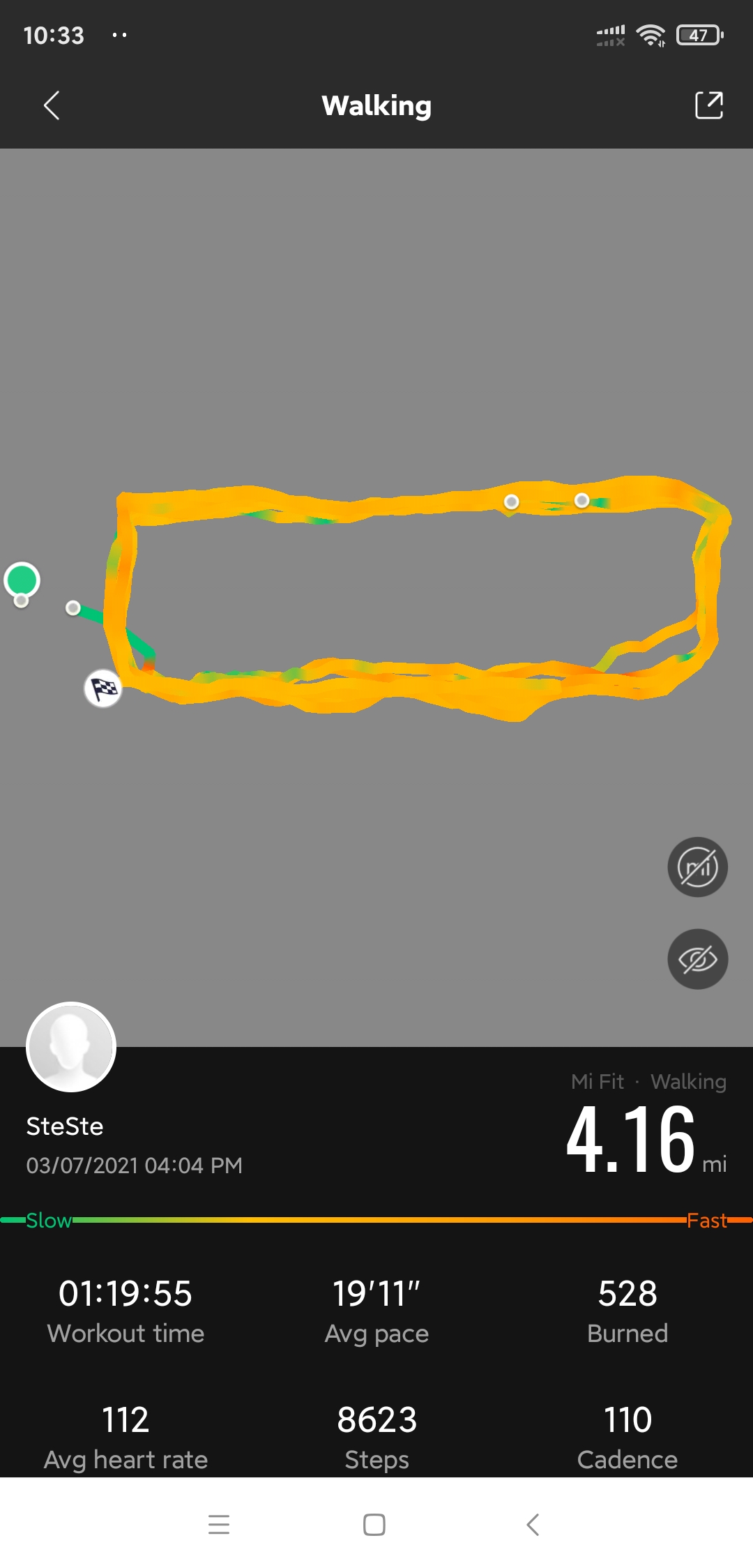So I did something this past weekend that I’ve never done before: I ran an ultramarathon.
Not all in one go, of course, but I was running four miles every four hours for forty eight hours. Why those numbers?
The idea comes from David Goggins, a former Navy SEAL, who runs ultramarathons in support of various charities, typically for veterans and their families. For those who aren’t familiar with ultramarathons, they’re basically anything longer than a typical marathon, which measures in at 26.2 miles, or just over 42 kilometres. If someone has never run a marathon before, typically they would choose to complete a half marathon of about 13.1 miles, or a shorter distance, such as a 5K or 10K race. Further, most people would build up to the ability of running a marathon, not just give it a go.
But I, figuring I had decent physique and have kept reasonably in shape, wanted to see if I could run such a distance.
In general, an ultramarathon is rarely *just* longer than a normal marathon. It’s often twice the distance or more. Given the distances involved, often these races are held outdoors and in the open. An ultramarathon of 50 miles would be considered a bit short. Seventy five miles would be a decent length, but it’s around the 100-mile mark that the title of “ultra” seems to fit best. I mean, that’s four times your regular marathon. And if you’re wondering how many kilometres that is, multiply by 1.6. So, 50 miles is 80.47km, 75 miles is 120.70km and 100 miles would be 160.93km.
In the end, I opted to go for the 48 miles over two days. I was able to run the first day’s worth of segments, but on the second day I had to go down to walking only.
There were times I wanted to push back the deadline a little but, whenever that popped into my mind, I immediately thought of a few other things:
- First, pushing back the start and finish time of each segment would prolong the agony. I started at 8pm on a Friday night with the idea that I could spend all of Sunday night recuperating.
- Second, I often turned to Twitter and saw other people were still pushing through, and that gave me a little bit more encouragement to keep going.
- Third, especially for the night runs, I thought of the Moms and Dads out there who often have to get up to take care of sick or cranky kids even though their bodies and minds are completely exhausted. If they can do it, I can get up out of my bed and go run four miles.
- Besides, I reasoned with myself, if I couldn’t run the entire distance, then at least I could speed walk. And that was the ultimate compromise: If I got up and put in the time then I could simply walk whenever I couldn’t run any more.
And that’s what got me through the challenge. After about 26 or 27 miles, I was finding it very difficult to run. After the 8pm run on the second day my legs, especially my calves, were shot. When I woke up from my nap to complete the 12 am midnight segment, I could only walk. Any attempt to put pressure on my calves at that point merely resulted in a feeling that they would either pop or snap.
It wasn’t just my calves, it was my knees that worried me. I didn’t want to damage them and risk having an extended recovery window, especially given that this was my first attempt at such an event. Further, my ankles were also feeling the pain. I wasn’t against incurring this pain, but I wanted to make sure that I didn’t damage anything if I didn’t have to. It’s one thing to push through if I’m in the middle of nowhere and I have to make it to the next check point, but if I’m right outside my apartment, I don’t think there’s much of a reason to get hurt in the process.
So, for the first day, from 8pm Friday night until Saturday night 8pm, I basically ran each part of the event, averaging about 11-12 minutes per mile. The second half of the event, however, I walked. (I’ve included the full list of segments below.)
I can see now that the 11-12 minute pace I was trying to keep for each mile, especially at the beginning, was too fast, at least for me. Some internet research suggests that a 13-minute or even a 15-minute per mile pace for such a long distance is a bit more sustainable. It’s only the “elites” that can pull off 11-12-minute miles over an extended distance.
My reasoning, however, was that the longer it took me to complete each segment meant that there was less time I had for recovery. I wasn’t considering the fact that, maybe, if I slowed my pace then I wouldn’t need as much time to recover in between each segment.

I kept in mind I needed to hydrate throughout the challenge so I made sure to have a supply of Gatorade, Pocari Sweat (an electrolyte drink from South Korea), and water (sparkling and plain). I later read that many athletes opt for chocolate milk instead of these electrolyte drinks due to the combination of sugars, electrolytes, proteins, and other health benefits of the mixture.
Moreover, unless you’re sweating profusely for an extended period of time as many high-performance athletes do, then these electrolyte drinks don’t really do much for you. Besides, my take on them is that they are unnecessary chemicals and dyes going through your body. I try to go for as natural as possible as often as I can. I bought them just in case.
For food I didn’t change things up from what I normally eat, but I did add Honey Nut Cheerios to the mix, mainly because I haven’t had them in a very long time and because I saw them mentioned in another post online. I figured they’d be a good post-run recovery snack and, coupled with milk and chocolate powder, they fit the bill.
Other foods included, bananas, peanut butter, dark chocolate, chicken, pasta, tuna, and some beef and rice. Since I was doing this all on my own I didn’t really have a celebration planned for the end, though I did think about going out for pizza… but that never happened because my legs were toast by then!
In terms of recovery, since this was an on-again-off-again type of challenge, I knew I’d be able to sleep at least a little bit in between each of the night runs. This may have actually been part of the bigger challenge because my body would cool down and relax and then I’d have to fire it up again a short while later. Falling asleep wasn’t difficult, but getting up was!
In between each segment I did some cool down walking, stretching, and foam rolling, especially for my feet and calves, and then ice and elevation for my knees and ankles. I was surprised that it was my ankles that gave me trouble early on and then it was ultimately my calves that stopped me from running any more. No matter the thought of “when you think you’re done, you’re only 40% done” or the “what if you were…”, it didn’t matter. My calves wouldn’t let me put any more pressure on them. (They did take about three days to fully recover.)
As for the mental game, I didn’t find it too difficult once I was out the door but, as I mentioned before, getting out of bed and into the cold was a bit of a challenge. I was surprised at how difficult it was to get up from bed after only an hour and a half of sleep and debated whether or not it would be better to just stay up instead. I opted for the rest with the reasoning that I could sneak in an hour and a half of sleep between each night run and that would be a decent amount of sleep for my body. Once I was past the 8am run I would be able to stay awake for much of the day with the assistance of coffee and doing other things. I did take one nap later in the day but generally I was awake.
Sadly, I wasn’t able to do much else during the day as the runs required me to rest and recover quite a bit. This would be something I would aim for in the future should I do another type of event like this: is to bring my physicality up to a level wherein I could do something else in between each segment. As it stands, this challenge basically took up my whole weekend. Unless, of course, I’m wrong in thinking that I should be doing anything else during the weekend’s challenge?
Anyway, it was quite the challenge and I’m glad I did it. Most people put together some form of charity fundraiser but I never did because I was doubting whether or not I’d actually be able to complete all of the segments. Although it was a struggle at times, I am surprised I was able to run as much as I did.
Would I do this again? Probably. How often I would do this type of challenge or will I make this thing an annual event is another matter.
I can say that if you are thinking of doing this type of challenge, or even running a marathon, or half a marathon, you probably could. This is especially the case if you’re reasonably active overall. If not, then you’ll need to train a little bit more and build up to a 4-mile run itself. Prior to this event, my workouts typically consisted of some sort of HIIT training and kettlebell workouts, or a short jog or run of about 2 kms or so.
One of the reasons I liked this marathon is because, unlike other marathons that require some sort of fee, this challenge only required you to do it yourself. There was no entry fee but you could fundraise if you wanted.
Overall, it was a challenging event but, now that it’s over I kinda think “that’s it?” Don’t get me wrong, it took up my whole weekend so this isn’t something to try to fit in with other, bigger commitments, unless, of course, you do some careful planning. From completing the segments themselves, to doing laundry, stretching, resting and recovering, each “segment” wasn’t just four miles, it was a whole process.
So, if you want to do this challenge or are thinking of doing something similar, I think you can. You might as well give a shot. Good luck!
For reference, here are the screenshots of each of the segments including the time it took to complete and some other information:

